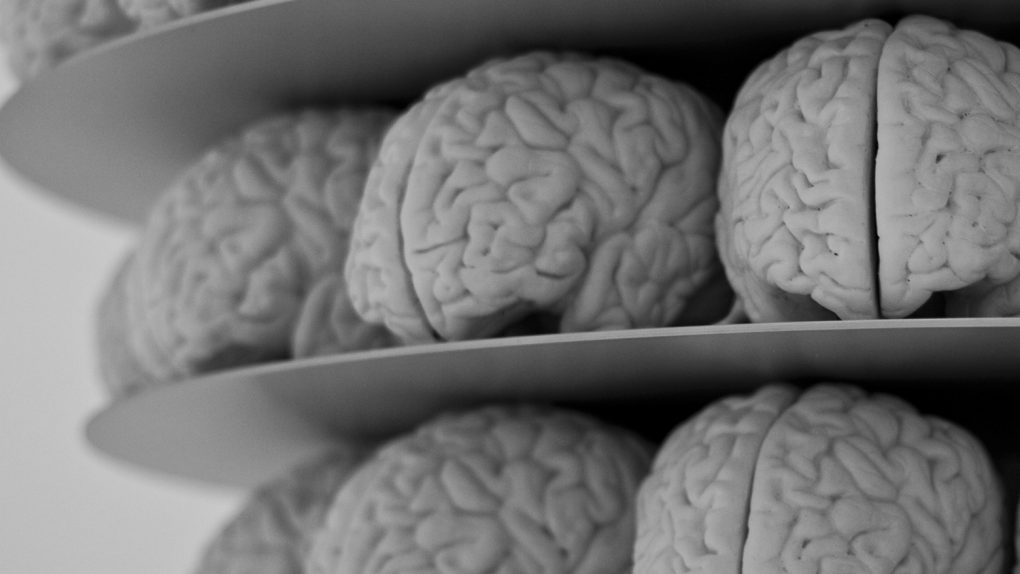We all learned in science class that human’s have big ol’ brains, and that the size of our brains is responsible for all of the fancy things humans have achieved in our relatively short stint here on Earth. However, new research into the evolution of the brain “cases” of Homo sapiens (simply put, the inside of the skull) suggests that the size of our brains might not have been the most important factor in getting us where we are today.
Homo sapiens had quite large brains even as far back as 300,000 years ago. However, it took a long time for the elongated, flatter brains that were present in the earliest examples of our species to evolve into the rounder, globe-shaped brains we have today. A new paper published in Science Advances attempts to narrow down the timeframe of when our brains changed, and researchers have discovered that its changing shape may have been the key factor in sparking human ingenuity.
After studying the fossilized remains of various human ancestors, scientists from the Max Planck Institute for Evolutionary Anthropology have come to the conclusion that rounded brains didn’t begin to emerge until somewhere between 100,000 and 35,000 years ago. That means that for 200,000 years or more, early humans still had flatter, Neanderthal-like brain shapes.
Researchers believe that human genetic changes are responsible for the shift in brain shape, but they still aren’t sure exactly why it happened. However, the timing of our shape-shifting brain appears to be well aligned with some of the most important developments in human history. The emergence of art, advanced tool making, and other huge milestones seem to correlate with the evolution of our brain shape, suggesting that a reorganization of our brain matter (rather than a spike in brain size) was just what we needed to push forward as a species.
“Our data show that, 300,000 years ago, brain size in early H. sapiens already fell within the range of present-day humans,” the researchers write. “Brain shape, however, evolved gradually within the H. sapiens lineage, reaching present-day human variation between about 100,000 and 35,000 years ago. This process started only after other key features of craniofacial morphology appeared modern and paralleled the emergence of behavioral modernity as seen from the archeological record.”








